Humming Blog |
 After several weeks of hard work by the adult hummingbirds, the young are starting to appear in garden's everywhere. It's a new world with so many colors and the young just can't get enough. They are naive and investigate everything, curious and poke at everything, and a bit foolish when they fly up into the face of the adult males and antagonize them. It's all fun and games until you poke the wrong hummingbird. It really is quite amusing when you see a young hummingbird test out its intimidation skills. One adult male Ruby was tucked away into a Lilac bush going through an early molt. Nothing was amusing to him. He would feed every 10 to 15 minutes and then tuck back into the bush. He didn't want to bother anyone and also wanted the same respect. He chose one feeder and ignored the rest. Over the next week or two he would regain the strength and fat that he lost over the summer. But one little juvenile showed up, "hmmm, a new feeder". This young one had the choice of several other feeders, but chose this one. He saw the old boy was tucked away and angry, but made it his new challenge. He did a couple fake attempts toward the feeder, knowing he was being watched. If that wasn't enough, he then flared out his tail and inched his way toward the angry male. He inched closer and closer, and was just lighting the fuse. I couldn't help but think, "What Are You Doing!" He reached that point when you could nearly see those new pinfeathers popping out. The adult male simply had enough. Squeakity squeak went on for some time as the grownup was teaching the young one a little bit about respect. Up into the sky, back toward the ground, through the trees, around the bushes, back up into the sky… and it continued. Eventually, the young one managed an escape, and rested deep in the clematis. Within seconds his ADD took hold and his attention was quickly diverted to a secret little treasure found undercover, "hmmm, a new flower". Juvenile male Ruby-throat hummingbird. July 30, 2018. N.E. of Edmonton, Alberta, Canada.
0 Comments
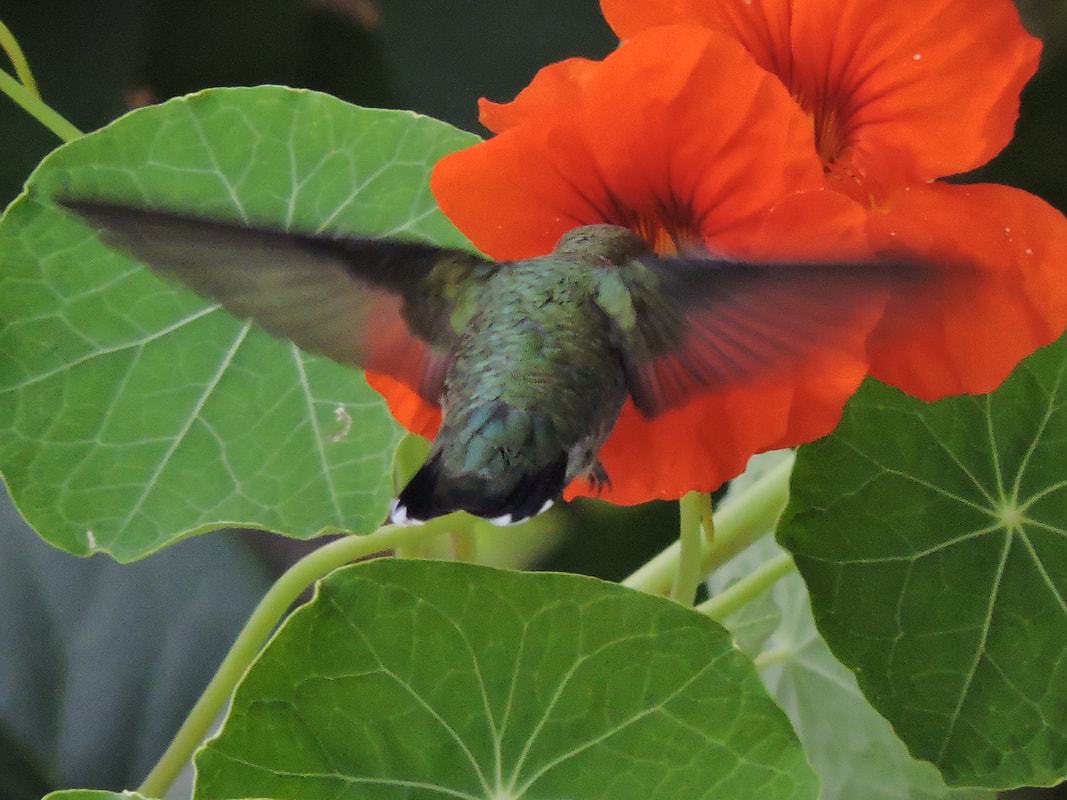 I did a blog last year about trying to encourage young birds to feeders. As much as we appreciate hummingbirds doing their natural thing and pollinating the flowers, there can be a shortage of food in a garden to keep them around for several days. Feeders are one of those flowers that never run out of nectar, and if we can convert them over to the feeders, they'll stick around much longer and get the benefits of both flowers and feeders. Feeders were made to look like flowers in order to attract hummingbirds, but too often the flowers on the feeders look nothing like the flowers in our gardens. When hummingbirds figure out a certain type of flower that they really like, they become single focused and look at nothing but that type of flower. It's only once they mature that they start to realize that you take any opportunity for food that you can find, and when you see any of the nectar filled flowers, you feed from them all and not just remain singly focused on one type. In this case, a young Ruby-throat figured out that there is nectar deep within the tail of the Nasturtium flowers. The Nasturtiums very quickly became the go to flower. This youngster still didn't know feeders yet, so it was time to place out the "Training Feeder". I have some fake Nasturtium flowers attached to the feeder to try and attract them to the red bottle that they will one day never forget. Too often I've had young hummingbirds feed for a couple days without ever understanding the the sweet gold of the feeders. Many have left without ever realizing the full potential of our garden and all the feeders within. As a matter of fact many people have said that hummingbirds showed up at their yards and only fed from flowers and not the feeders. This is the reasoning. Young birds need to learn feeders just like they have to learn the ins and outs of different types of flowers at how to access the nectar. At some point they'll learn the feeders the further south they go, and the more hummingbirds at feeders that they'll encounter. My training feeders haven't always worked, but in most cases they have. Once they taste the nectar from the fake flower on the feeder, they'll start to recognize the red bottle behind it. That red bottle will have significance every time they fly around the garden noticing the other red bottles everywhere. The training feeder went up just before this youngster came and sat on the hook that held the feeder. We'll see if he learns. N.E. of Edmonton, Alberta, Canada. July 28, 2018. 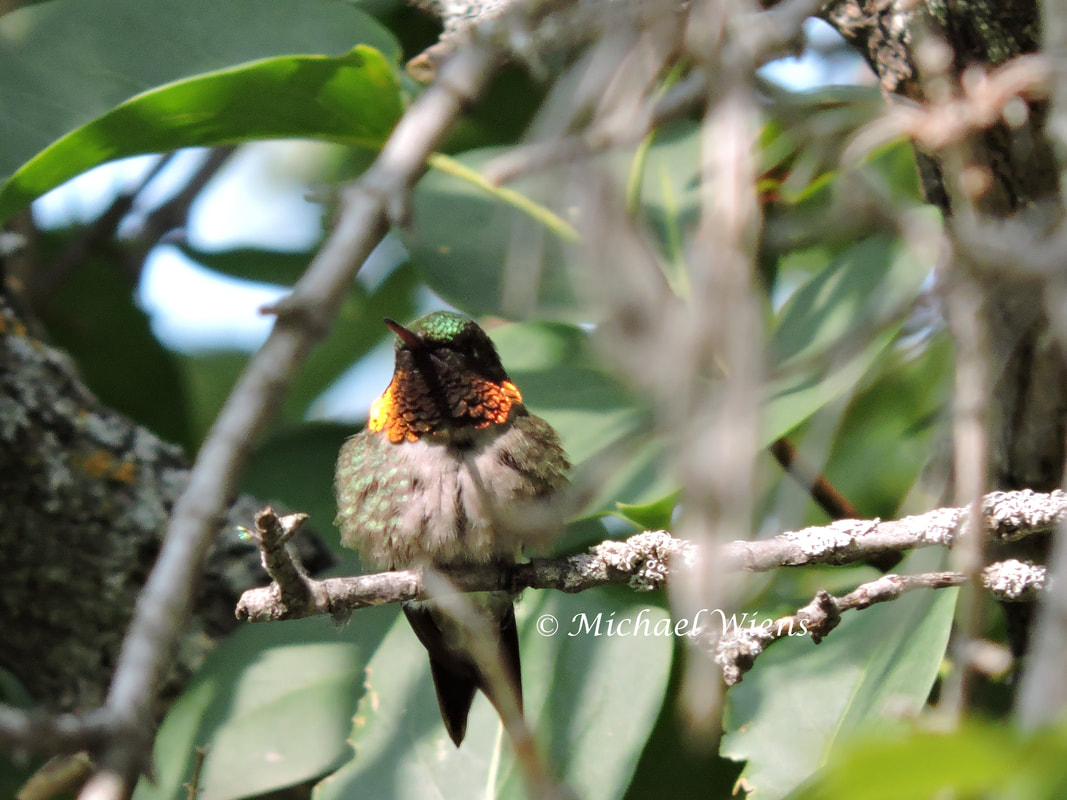 A very common question that I get asked is - If I haven't seen a hummingbird until now should I continue with my feeders? Short answer: Absolutely, yes! First of all, who's to say you haven't had any hummingbirds at your feeders, and you just didn't see them? Those that presume they haven't got any hummingbirds probably look at their feeders or feeder once a day. They are under the impression that just because they're looking at their feeder a hummingbird should be there. If you looked at your feeders once a day, the odds of seeing that one sighting a day would be about one in 2000. Just assume you've had hummingbirds at your feeders. From now to the time that they migrate they will increase their visits substantially. Secondly, the amount of hummingbirds that will go south will be more than double the amount that went north. For every female there will be at least one brood, typically consisting of two young. Many females will do a second brood, and possibly a third, especially the further you go south. The adult male and female are far more structured and stick to a pattern, but the young will become far more adventurous and the curious about the new world they've inherited. They will search out every flower and every garden. That is why this time of year provides the greatest opportunities to see hummingbirds. Don't be too quick to put away those feeders. Change them regularly, and spread them around your yard to gain the greatest visibility. In future years remember this with feeders and flowers. Make every location of your yard a target from every direction around. Their eyesight is spectacular, and food is their mission. Give them every reason to choose your garden over everyone else's, and they will! Right now I have five or six adult males that refuse to leave the yard. Spreading of feeders has given each one of them the opportunity to dominate their own little region within the yard(it's far different in Spring with mating season). It's difficult and time consuming for one male to control all feeders. The intensity of the dominant Male's anger is lessened this time of year. There is still fighting, but they will slow down as they try to gain calories for that southern trip in the near future. With the increase of Males in the last week, it's becoming very difficult to tell which one Ziggy is. It's male vs male in so many chases, but they are coming to an agreement as to which feeder belongs to each male. The increase in young birds will cause more chaos over the next few weeks. Some young will compete until they gain a region of the garden. As the adult males start to leave for the south, more young males will take control of the different regions of the garden. Until that time, They'll have to compete with the big boys. Adult Male Ruby-throat hummingbirds. N.E. of Edmonton, Alberta, Canada. July 23, 2018. Our first young Ruby-throats showed up July 19th. They didn't appear too young, which means they're probably a few days away from the nest. The mother did show up with them, but they were pretty self sufficient. They squabbled with each other, and even had a few chases with the adult males that are now sticking around to fatten up. This young'n had patches of Rufous coloring in it, which always gets my attention. The rare Rufous are always a treat, but in this case I'm pretty sure it was a false alarm. Young birds will be drawn to flowers immediately, and spend most of their time in them. A good supply of flowers will keep them around long enough, until they figure out how to use feeders. Very little about this young one's appearance tells us its a juvenile, but its behavior was the giveaway. It sat in the most unusual locations, and fed side by with its sibling, with the odd squabble in between, and then back to feeding. The adult males are getting tougher to tell apart as this season really forces changes in their behavior. In one instance a male spotted a young one at a feeder. He flew up with angry intentions, but when he arrived, he gave the impression of "you look like you could be one of mine, but I still don't like you that much", and then flew away. The stern teaching will start quickly, which is vital to the survival of young hummingbirds. Within hours the young will develop the head twitches in search of any threats from all directions. It won't be difficult for them to fight back as the bad attitude is inherent in all young hummingbirds. With myself being at the furthest north portion of the Ruby-throats' territory, all regions should have seen or will see their first young any day. Start to watch more than just feeders. The young are drawn to flowers which are essential early on. It's very common to see 2 young arrive to your garden at the same time. A close bond for the first 4 weeks of their lives, takes a few days away from the nest to develop their independence.
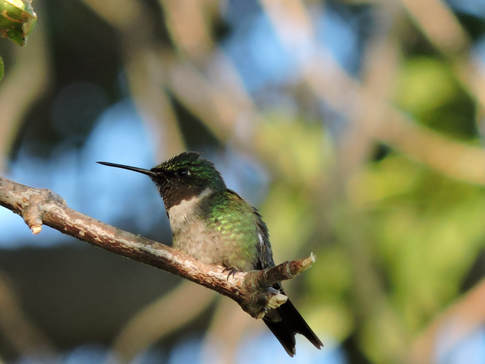 Ziggy, overlooking his garden. Ziggy, overlooking his garden. The past few days were really hot after a couple thunderstorms fed the flowers. After the intense winds swept disaster to our yard a few weeks back, you'd never know it by the Delphiniums flowers which are now standing tall and straight as arrows. I always love our garden from June 15 to August 15. As some perennials finish flowering, other types will begin, and it progresses right through the prime hummingbird season. I wanted to show you our gardens, and how they're starting to shape up. When you first enter our yard you'll see a mass of trees, shrubs and perennials of all sorts, but throughout the garden we actually have many trails 42 inches wide, and in some areas even wider. What you see is about 1/2 of an acre of a portion of our property. Trails aren't visible from here, but you can see a new bridge that goes over our frog pond, and next you'll see the trails. Through the low growing Junipers is one trail that leads to a patio area at the garden shed. Next is the starting point into our garden. At the front corner is our bird fountain, and where Ziggy bathes. This trail also takes you to the garden shed patio. This trail continues to wind in and around the garden shed where there are loads of Delphiniums, Maltese Cross, and other perennials that attract hummingbirds. The trail has many points that lead to other areas of the garden. Last year we started working on garden stools and benches that would be situated throughout the garden. It gives many opportunities to sit among the hummingbirds and snap photos. Here is one area that is being all redone. A narrow trail with stepping stones will be all cleaned up in a bark trail that leads up to a sitting area. This area will be filled with Bergenias, Hostas, Magic Fountain Delphiniums and Siberian Irises. From Spring to late summer this area will have some sort of tall blooming perennials that get the attention of hummingbirds. One thing I always love are Coniferous trees. They always remind me of the mountains. After any rainfall, that fragrance of pine fills the air. This trail leads directly through the middle of our garden. We have a mix of at least three types of Pine, some Spruce, and low growing varieties. With a good mix of trees and shrubs we have countless birds nesting in our yard every year. We provide birdseed, hummingbird nectar, and at least five different water sources for birds to drink and bathe. Finally, I wanted to show the best sitting location in the yard. It overlooks most of the garden while sitting in the cool shade. From this location I'm able to see a good portion of the entire garden. I can see the hummingbirds feeding from the flowers and feeders, and oftentimes catch them rising up from the garden and fighting in the sky. Well that's it for now. That was a portion of our garden and I hope you've enjoyed it. Now I think I'll just go and sit under that large Maple tree and enjoy the rest of the day.
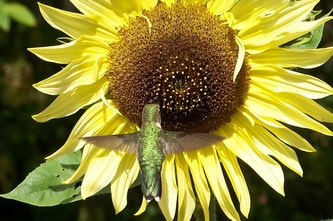 Flowers will be extremely important to young hummingbirds about to leave the nest in the Northern regions of their territory, while many have already left the nest in the South. Along the West Coast 2nd and 3rd broods are even near completion. Those young birds will naturally be attracted to flowers and soon be on to feeders. There are always threats to young hummingbirds, especially in the first few weeks of their life. Young birds are extremely naive. They will hover near the ground and get into all kinds of trouble. They are clueless to the fact that predators lurk in the plants as well as in the sky. It's very important to remember this when placing out feeders and flowers. One of the most important things you can do in helping young hummingbirds is raising feeders to at least 4 feet off the ground, while 6 to 8 feet would be optimum. It's a bit more difficult to raise all your flowers, but it is possible to hang baskets or raise pots off the ground on to plant stands. Give them as much height as possible, and plant taller varieties of their favorites. Within the next few weeks of their life they'll quickly learn to feed and rest with at least one eye open. Other hummingbirds will put the fear in them and they'll quickly become aware of everything that moves in and around the garden. But before that time happens they are extremely vulnerable. Needless to say, many of the same locations that have hummingbird feeders and flowers usually have cats in those same yards. Hummingbirds become extremely aware of dangers from the sky, but far too many young birds are taken from ground predators. Statistics tell us that approximately 40 percent of hummingbirds won't make it through their first year. That's an alarming number especially when they only have 2 young per brood. So please be aware of this when you are attracting hummingbirds to your garden. They may be fast birds, but they have far too many dangers from all directions. A mid-summer flower that always gets the attention of the adult hummingbirds is the Siberian Iris. Although most Iris flowers don't often times attract hummingbirds, this particular variety does get their attention. They grow to about 30-36 inches tall. In my area of the continent, Delphiniums are an absolute favorite perennial. They bloom around the time the young hummingbirds leave the nest and they provide an enormous amount of nectar. They also grow to about 7 or 8 feet in certain varieties, while a few grow to about 3 feet without the need for staking. |
Archives
June 2024
Categories
All
|
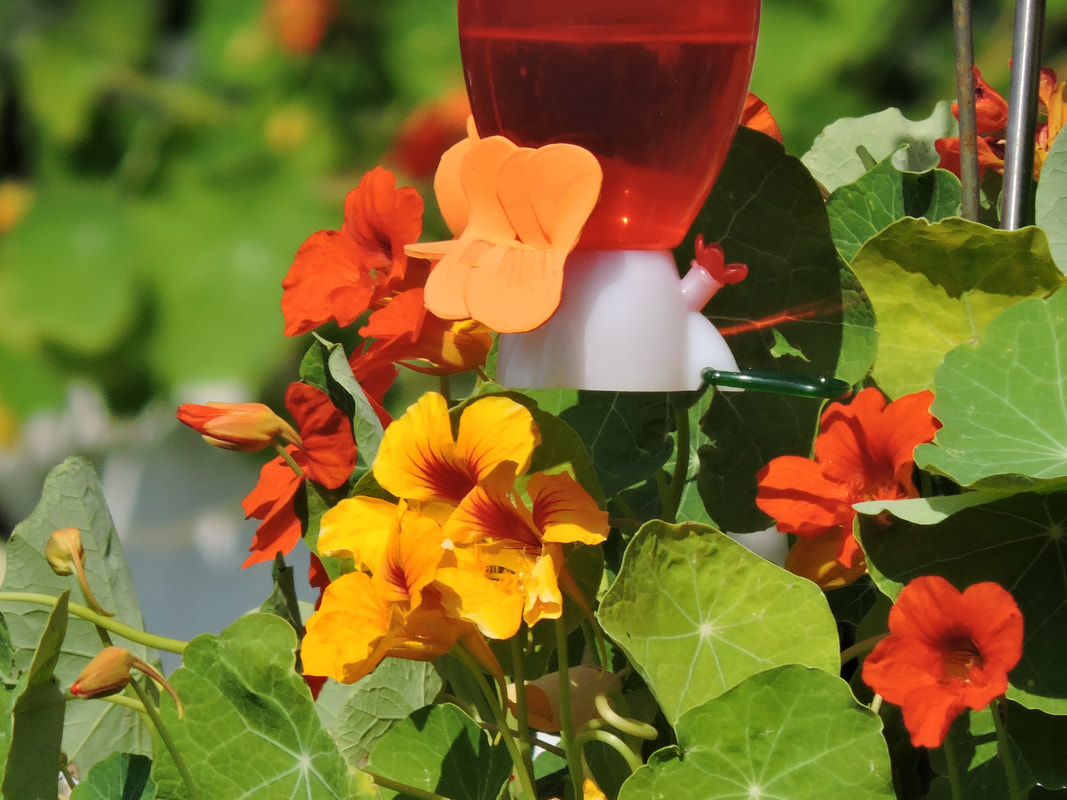
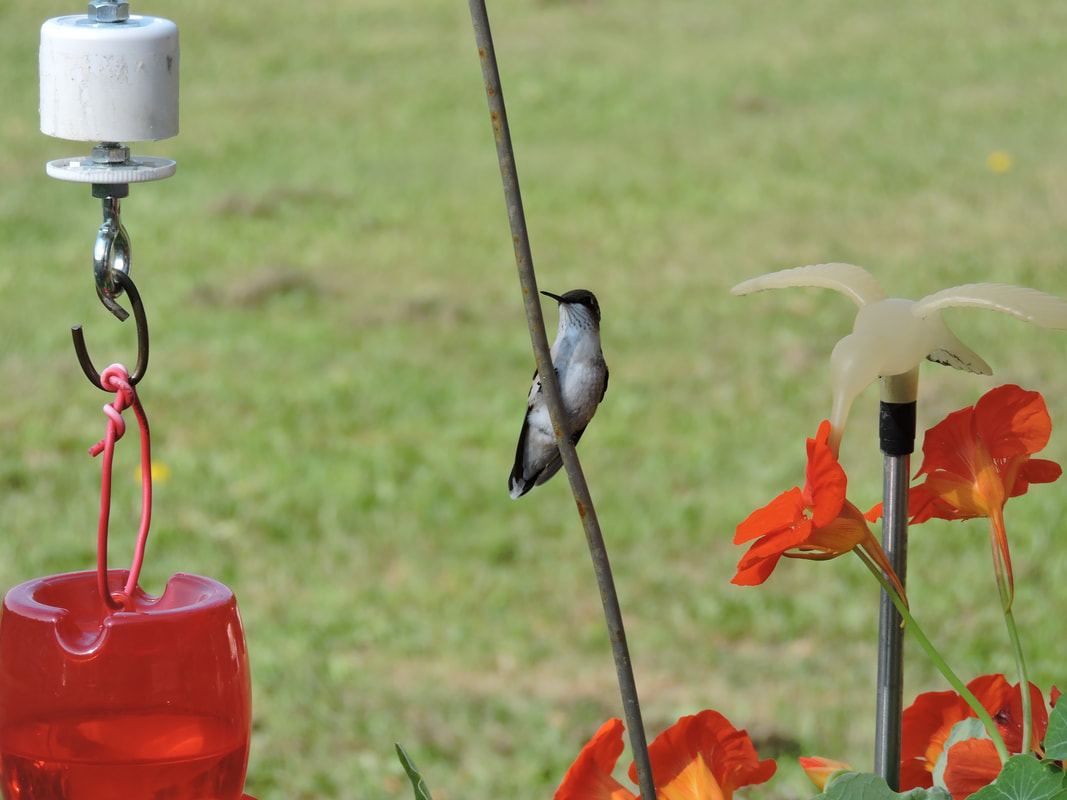
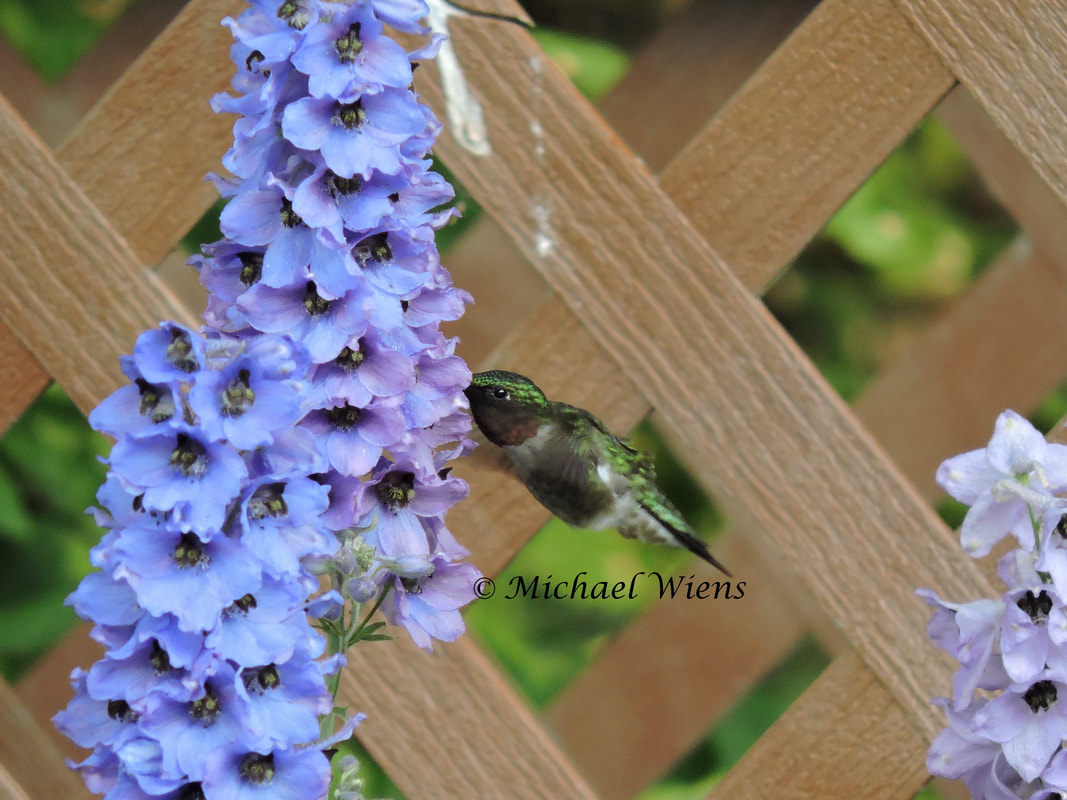
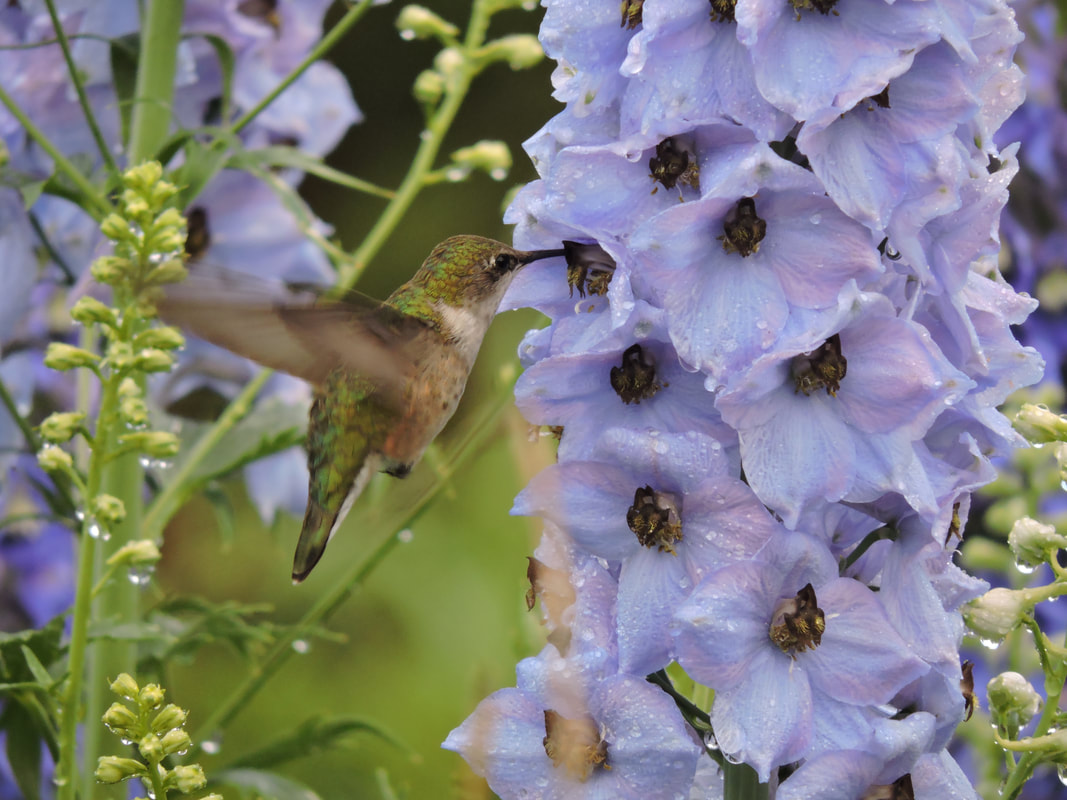
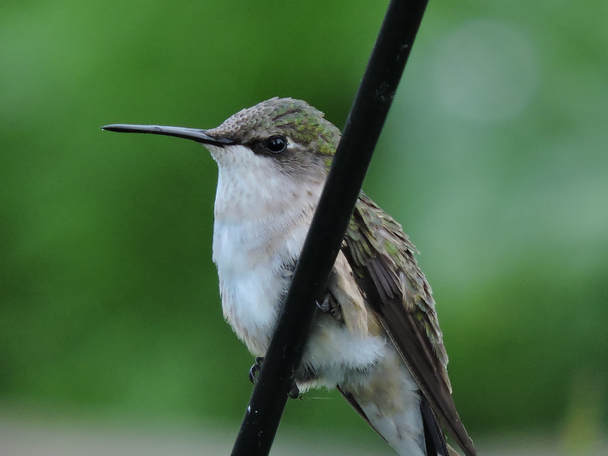
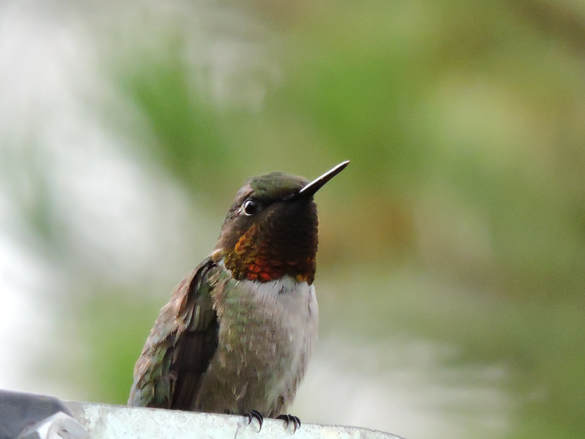
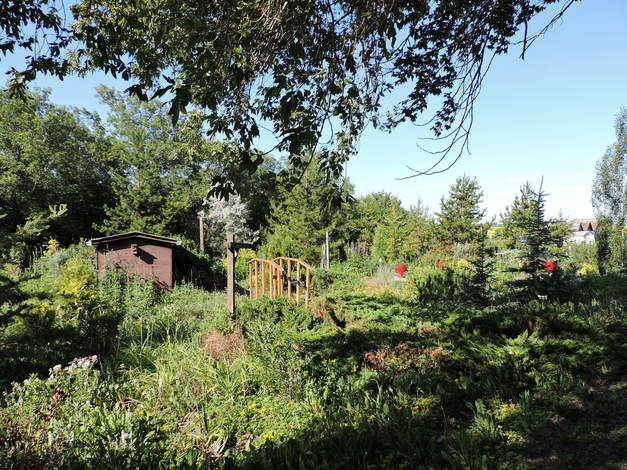
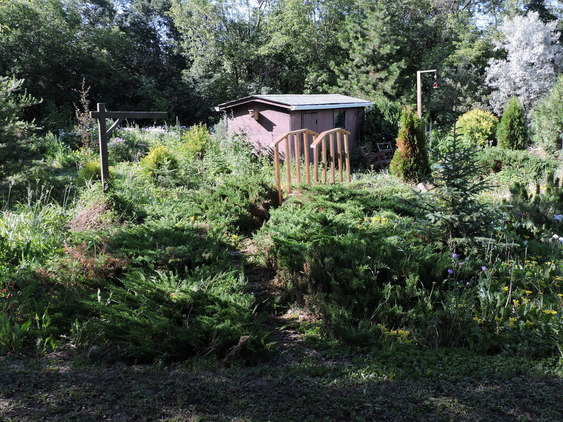
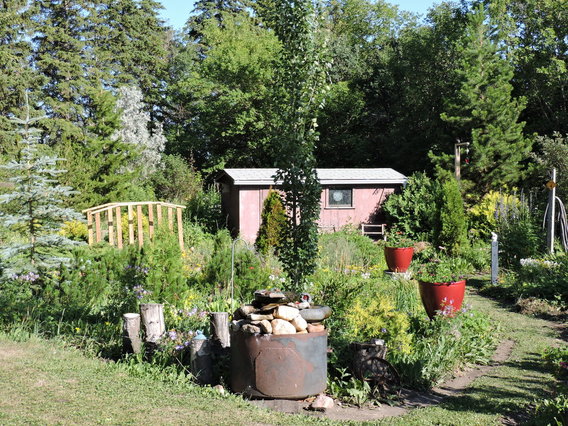
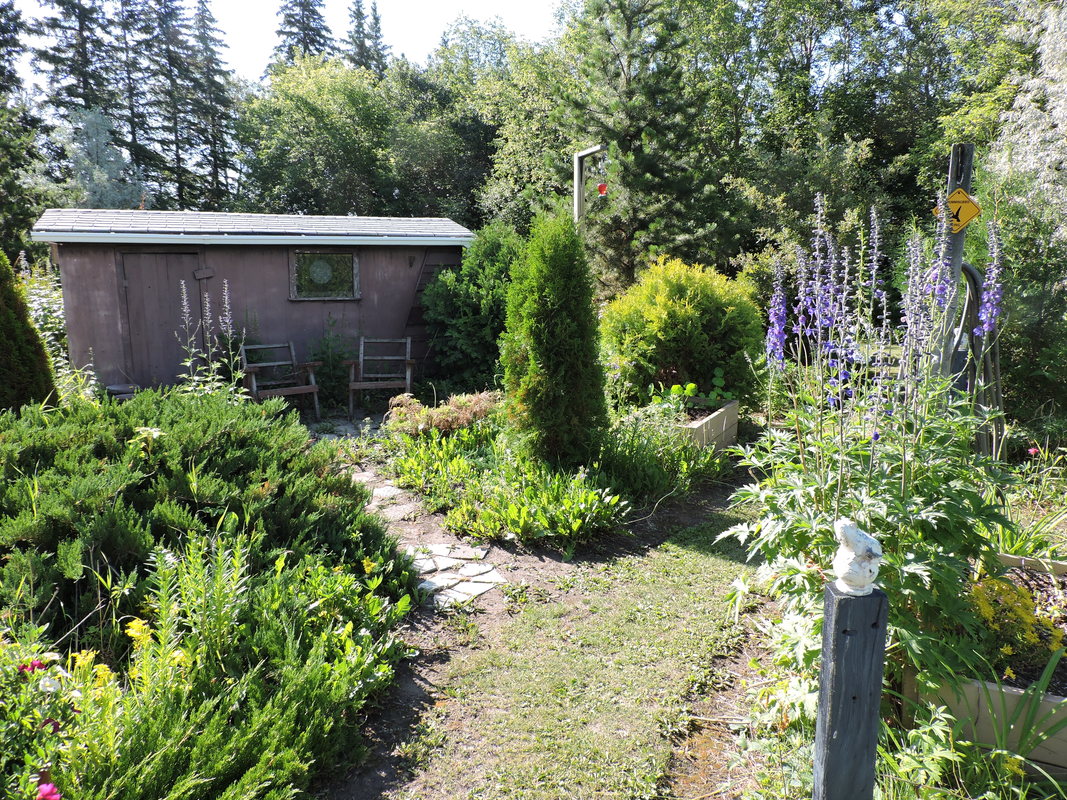
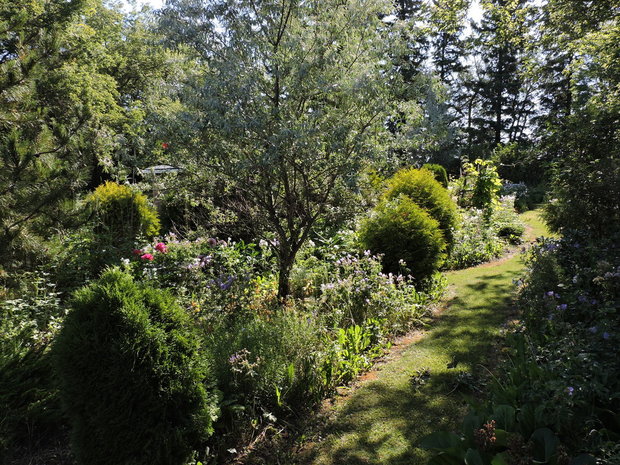

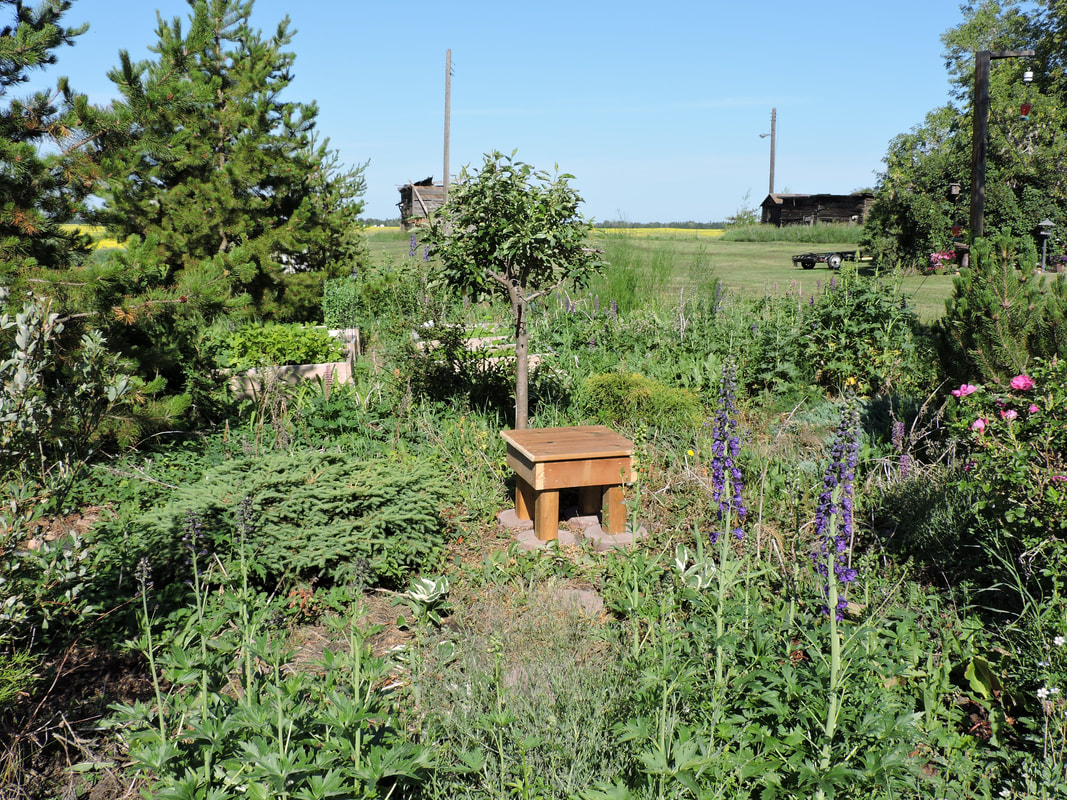

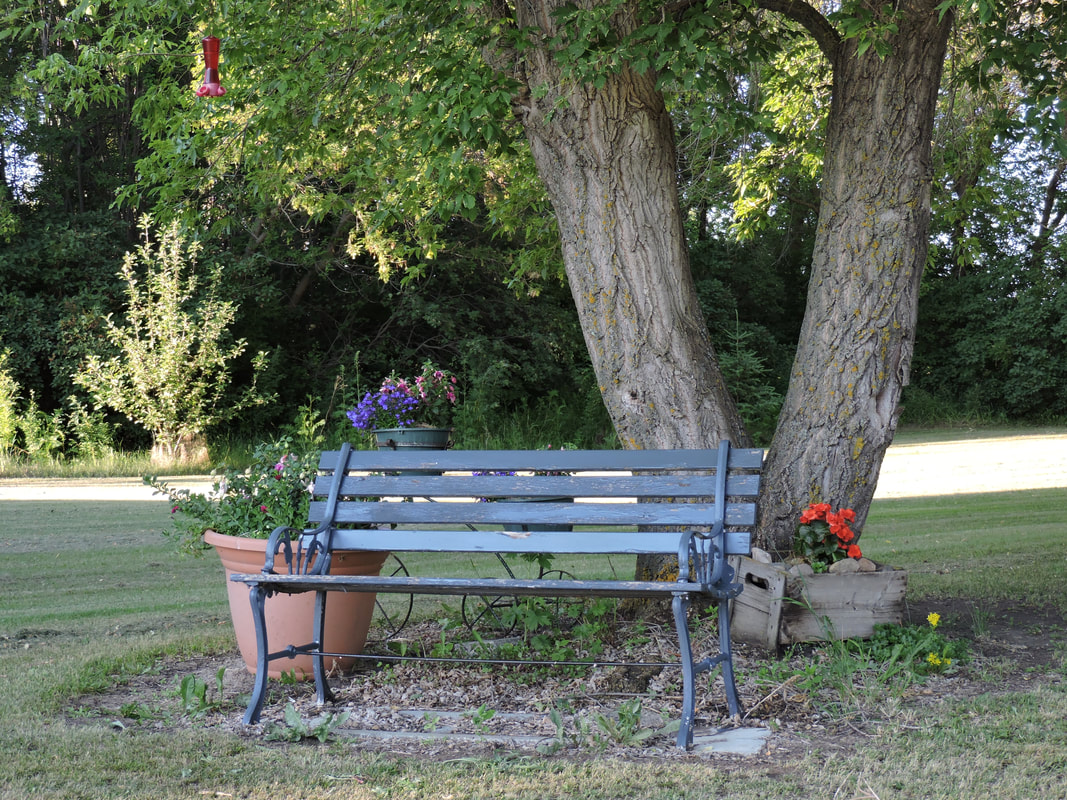

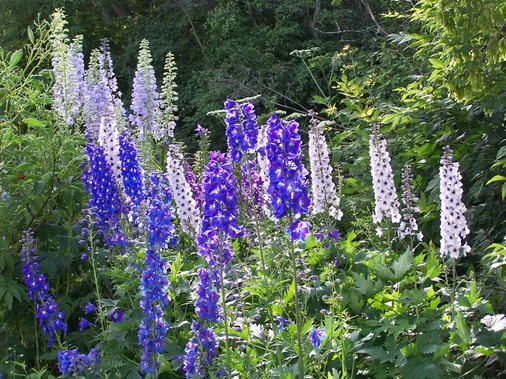
 RSS Feed
RSS Feed
